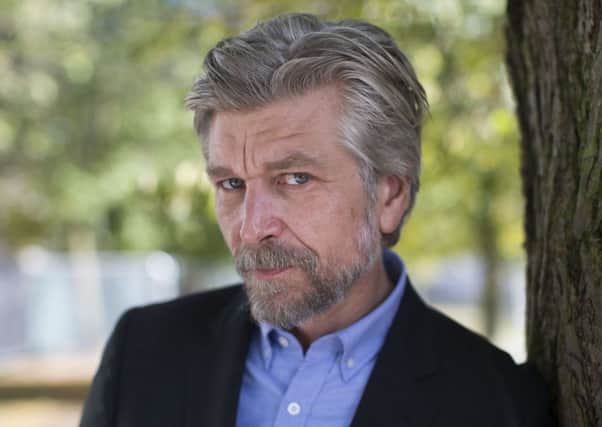Knausgaard's new book focuses on the present - not the past


From Banville, whose attempts to recapture his discovery of Dublin, first as a child going there on an annual December birthday treat, then as a 17-year-old finally leaving behind the small-town Wexford he then so hated that he never bothered learning its street-names, the answer was simple, if unconvincing. He doesn’t know, it is hardly anything to do with him, and when he gets up from his writing desk, “the person who did the writing no longer exists”.
It’s like, he said, if you were interrupted while shaving, and you came back to the mirror and looked at a face half-covered with foam. How is it, that face might also ask, that you do what you do?
Advertisement
Hide AdAdvertisement
Hide AdMmm, perhaps. But Banville’s evocations of Dublin in Time Pieces are so precise, so cliché-free, so magic and painterly, that I’m not convinced.
His portrait of Dublin had some of the familiar elements of the city in its “rare auld times” – a village-y world whose familiar sights would include Brendan Behan drinking in the pubs and Patrick Kavanagh being sick on the steps outside his aunt’s Upper Mount Street flat opposite the Dolmen Press – but which was at the same time “the most pruriently vigilant” of cities, so intellectually stultifying that it banned its best writers, the benighted capital of a repressed, priest-ridden country.
Genius, he quoted Baudelaire as saying, lies in conjuring up childhood at will. There was something in that, he said: writers had to be childlike, to get outside their own head, open up their imagination, and transform the messiness of life into something that seems even more like the way we live than our life itself.
He’s such a dab hand at this that I for one can’t wait for his next book – Mrs Osmond, out in October, a sequel to Henry James’ The Portrait of a Lady.
Karl-Ove Knausgaard’s new book, Autumn, is an attempt to mine the present rather than the past, to describe the world awaiting his new-born daughter. Like Edvard Munch – about whose work he curated a major Oslo exhibition – he has, he said, moved on from the interior world to the exterior. Somehow this seems to translate into writing a couple of pages a day about everyday objects and the occasional metaphysical noun. He concluded by describing a toilet and how it works. And no, you didn’t have to be there.